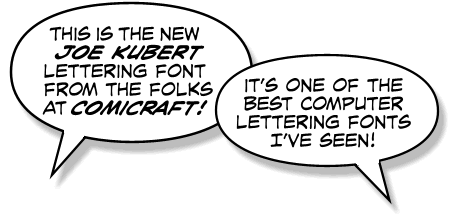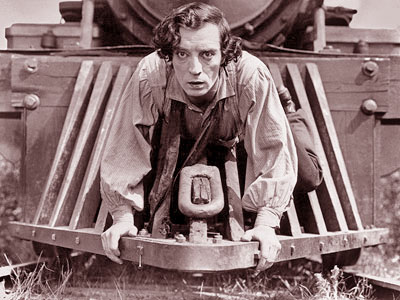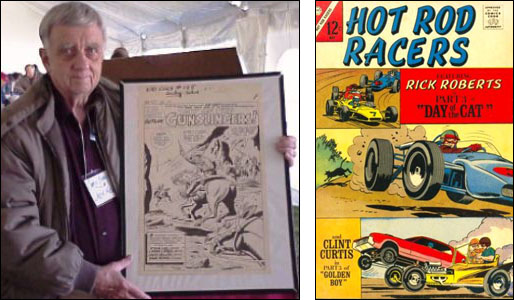The other night on Letterman, guest George Clooney got to talking about The Money Maze, a 1974-1975 ABC game show that was hosted by his father, Nick Clooney. George worked on the staff of that show, and its announcer was Letterman's current announcer, Alan Kalter. (Nick Clooney is probably best known these days as a host on American Movie Classics.)
The Money Maze was kind of a dumb program, with couples competing for the right to challenge a huge maze that filled most of the studio. The husband would race through twists and turns in the labyrinth while his wife watched from an elevated platform called the Crow's Nest, which gave her a view of the whole layout. She would yell out instructions — "Turn left! Turn right!" — while he tried to locate five "money towers." These were pillars hidden in the maze which lit up when the husband pressed a button on them. One had a "1" on it; the rest had zeroes. If the hubby got all five towers lit and got out of the maze within 60 seconds, the couple won $10,000, which presumably made it all worth the effort. If he only lit the "1" tower and three zeroes, they got $1000. If he got the "1" and two zeroes, it meant $100, and I seem to recall at least one couple winning a big ten bucks. In order to win anything, the runner had to light the "1" tower and get out of the maze in the allotted time. During one phase of the show, the towers also had prize names on them; one represented a mink stole, another was a trip to Hawaii, etc.
Those of you interested in Trivial Connections might like to know that the producer of this series was the late Don Segall, whose career in TV and comic books I wrote about here. The director was Artie Forrest, who has recently been directing some episodes of Whose Line Is It, Anyway? And the show was under the aegis of Daphne Productions, which was Dick Cavett's production company. Most likely, it got on the air because Cavett had received some sort of commitment from ABC as part of the contract for his late night talk show.
The show had a short run, in part because ABC was then having clearance problems with its late afternoon programming (it only ran in about half the country) but to a great extent because the set was so involved. Segall told me that it took a huge crew at least 24, sometimes 48 hours to set up the maze, which was rearranged for every tape day. At the time, there were only a few studios in New York that could accommodate it and they were in such demand that they charged a fortune in rental. Every time the producers of Money Maze went in to tape a new block of shows, they had to pay for several days of studio rental to set up, and then it cost an absurd amount in overtime to strike the set and store it away. Don described it as the first game show where the stage crew took home more money than the contestants.
It was a pretty clear ancestor of the so-called "reality shows" of today but don't expect to see it on the Game Show Network. Word is that all but one or two of the tapes of Money Maze were erased, due either to neglect or Nick Clooney paying someone off.



